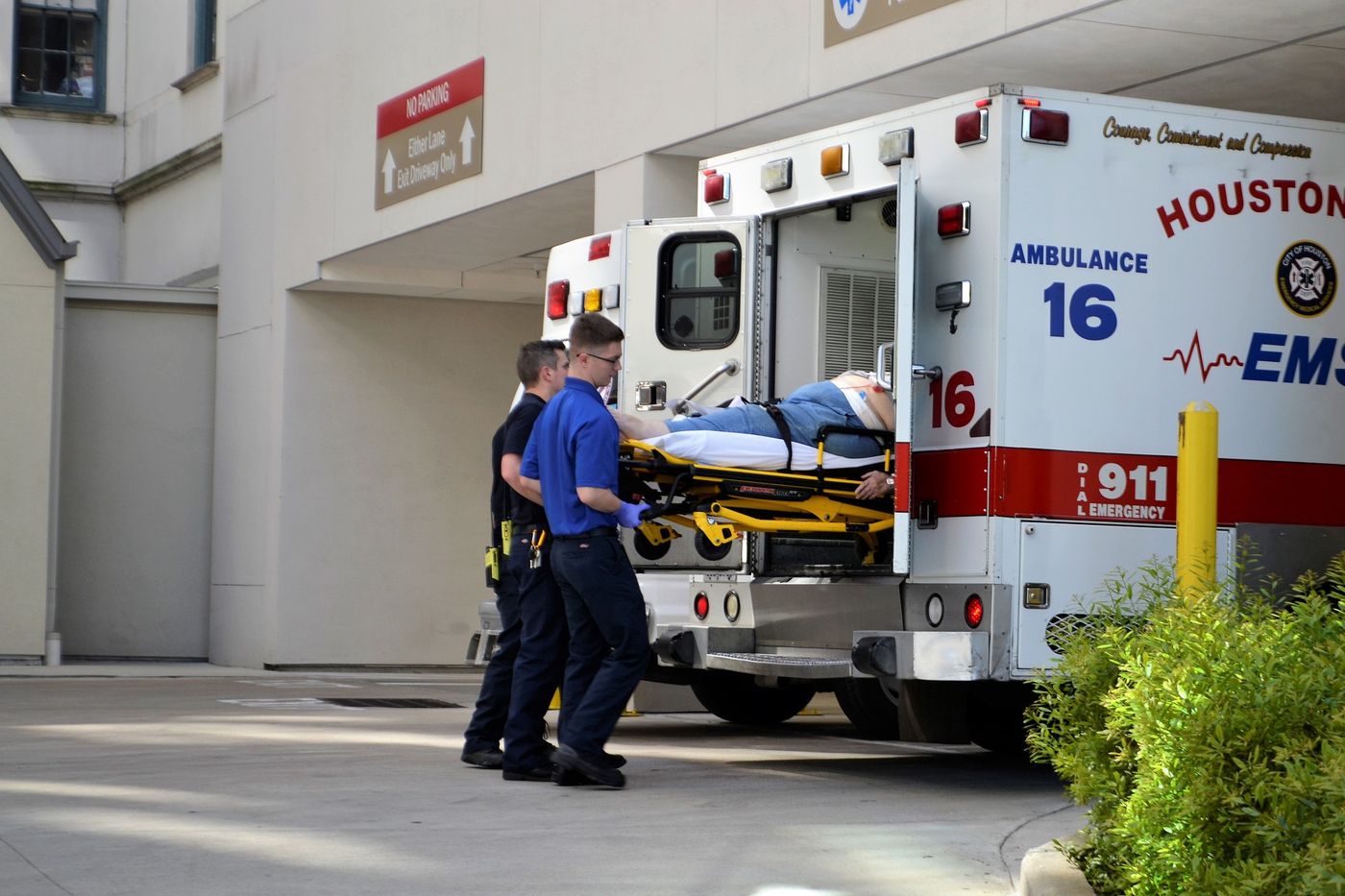Emergency Resuscitation Devices Increase Survival Rate of Cardiac Arrest Patients
Cardiac arrest is a widespread public health issue that can have a severe impact on human health and well-being. Every year approximately 200,000 people are treated for cardiac arrest in the hospital with over 350,000 experiencing cardiac arrest out of the hospital in the United States. Mortality rates for individuals with cardiac arrest before reaching the hospital is 70% to 90%.
Cardiac arrest is usually caused by an abnormality in heart rhythm, known as arrhythmia. Cardiac arrest symptoms include sudden collapse, no pulse or breathing, and loss of consciousness. Treatment for cardiac arrest requires immediate action for survival. Conducting cardiopulmonary resuscitation (CPR) helps maintain the flow of oxygen-rich blood the body’s vital organs as well as the use of endotracheal intubation. "For over three decades, emergency medical services personnel in the U.S. have performed intubation to deliver oxygen into the lungs of cardiac arrest victims. While identical to techniques used by doctors in the hospital, intubation in the prehospital setting is very difficult and fraught with errors," Wang said. A new type of breathing tube, described in a recent publication in The Journal of the American Medical Association, may help increase survival rates of cardiac arrest patients when used by paramedics in resuscitation.
The study conducted by the Resuscitation Outcomes Consortium research network, funded by the National Heart, Lung, and Blood Institute (NHLBI) tested a new oxygen delivery method compared to traditional methods used by emergency personnel. Previous research shows that only about 10 percent of people who suffer cardiac arrest out of the hospital survive. The study, Pragmatic Airway Resuscitation Trial, compared survival rates among 3,000 adults with cardiac arrest treated by paramedics from December 2015 to November 2016 covering 27 emergency services. During the study half of the patients received the newer laryngeal tube airway while the other patients received traditional endotracheal intubation.
The research showed that use of the newer laryngeal tube had higher survival rates, with 18.3 percent surviving three days in the hospital compared to 15.4 percent with the traditional intubation. The newer tube led to an increase in patients surviving to leave the hospital, from 8.1 percent with intubation to 10.8 percent. The newer tube also led to an increase in patient survival with good brain function. "Based upon these results, use of the newer, more flexible laryngeal breathing tube could result in thousands of saved lives every year," said lead author Henry E. Wang, M.D., M.S., professor and vice chair for research in the Department of Emergency Medicine at McGovern Medical School at UTHealth.
Researchers believe that the increase in survival rates is due to the easier technique associated with the newer laryngeal tube. Further studies will be conducted to support these findings while continued analysis of the data will allow for further insight into the study results.
To learn more about cardiac arrest compared to heart attack watch the video below!
Sources: The Journal of the American Medical Association, American Heart Association, Mayo Clinic









